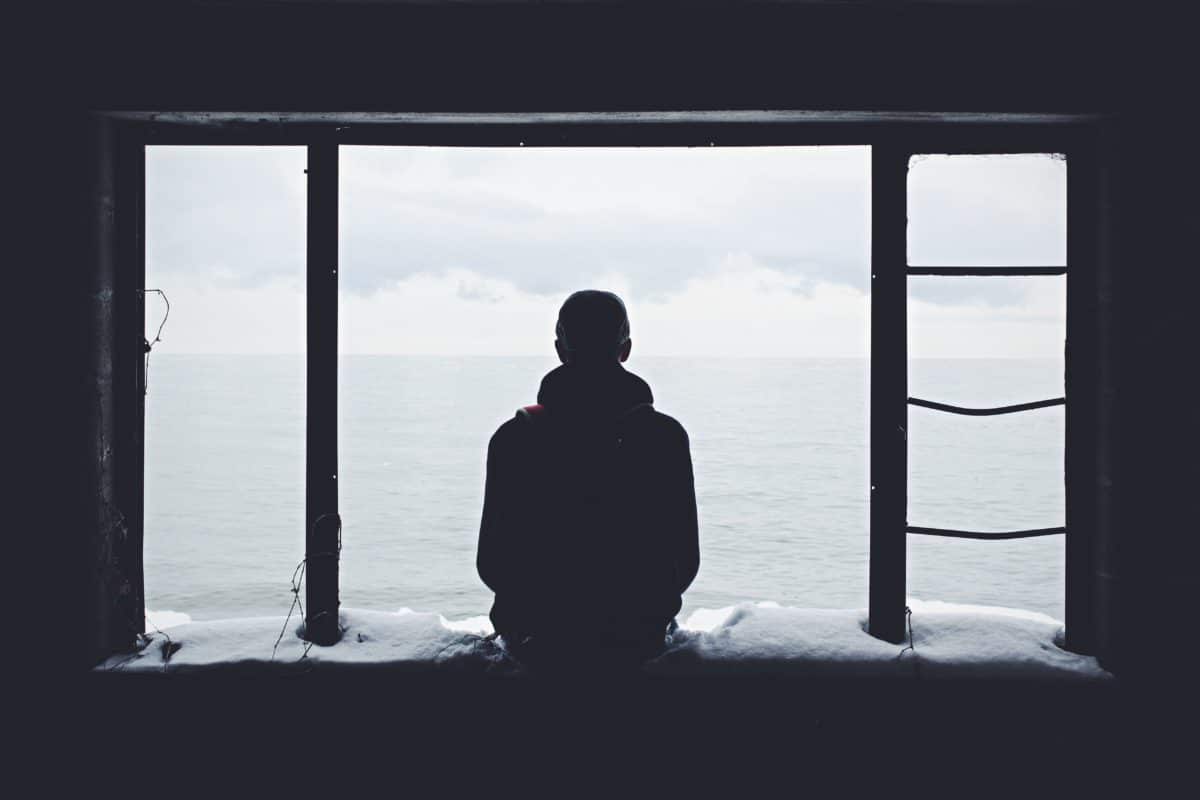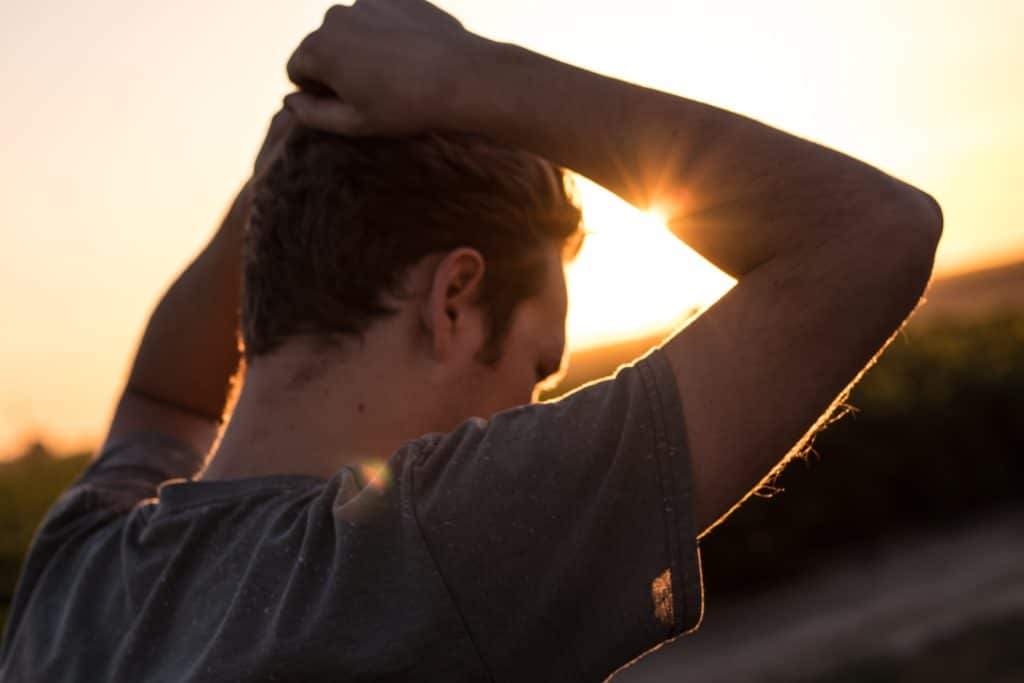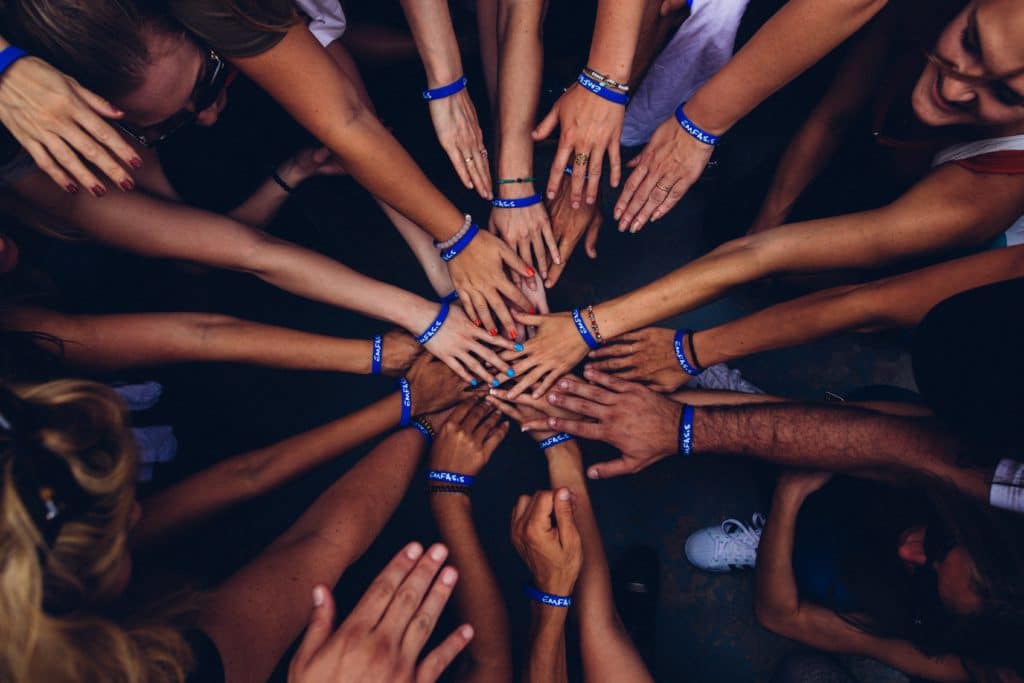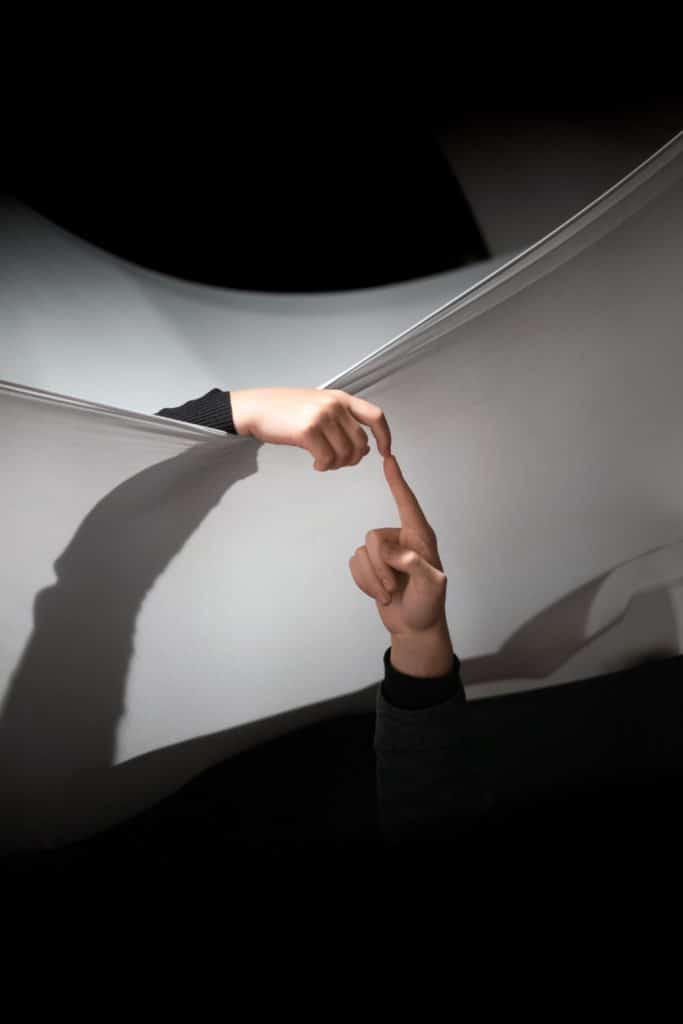It’s your first day


Right now, you are alone.
When a college student arrives on campus for their first day of freshman year, they are typically alone. They haven’t yet found a close friend, they haven’t started classes yet to meet anyone, and their roommate is more than likely a stranger. They are a single human trying to get through this new adventure. The exciting part is that there are hundreds, even thousands of other college students on that campus going through those very same emotions. They really aren’t alone at all, they just need to make that first connection with someone to start the social community that will more than likely be their biggest support system.
Building your network
The rare disease community isn’t much different than the lone college freshman. There are over 7,000 rare diseases that individually would have to all build the wheel in order to find a cure or treatment. In this case their wheel could be a mouse model, the beginnings of drug research, starting a natural history study, or even just finding those first connections so that they aren’t alone. All these smaller communities are faced with similar struggles, and concerns over finding cures, treatments, and support.
When a struggle is felt by an individual, the problem seems larger. There is no one to help breakdown the problem, the causes, or even the possible resolutions, just you. But what if you were able to work with others to create something greater and more powerful. The short film, Tess is Not Alone (https://www.imdb.com/videoplayer/vi240433433) amplifies the struggles that are faced by a family who thinks they alone in the rare disease space and the power that making connections has had on their lives. This story is unfortunately not unique in the rare disease community. But how can we change that?
It takes a village.

Creating and facilitating opportunities to make connections with those around us is empowering. This empowerment is the chance to realize that we are not alone, we just haven’t found our tribe yet. We haven’t found the group of people who are willing to go through the struggle with us and to find the treatment or cure that may seem completely unattainable right now. That doesn’t mean that they aren’t out there fighting that same battle on their own, you simply have not found them yet.
Sometimes it just takes being in the right place at the right time to find who you need. Patient oriented tweetchats (#patientchat #patientshavepower #carechat) are great places to find resources, support, and even direction when you may feel lost. Conferences that involve the patient (Selections from DISORDER: a Rare Film Festival, and Global Genes RARE Patient Advocacy Summit) are great places to expand your network and make connections with new patient communities.

You are not alone.
Countless patients, especially in the rare disease community, have struggled to find their people and have succeeded. With the help of Patient Organizations and Disease Foundations, patients can connect directly with the community that they may not have known existed. A short list of organizations that may be able to help point you in the direction of your tribe (and are more than willing to do so) are Inspire, Global Genes, NORD, WEgoHealth, and Salem Oaks. These organizations exist because of the human need to make connections, and their desire to facilitate those connections drives them.
You are not alone; you have the power to make connections. Find your community or find the people that will help get you there. It all starts with reaching out to one person.
Posted by Jamie Roger
[social_warfare]
